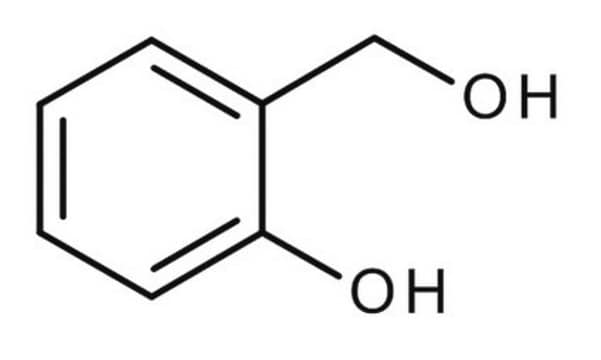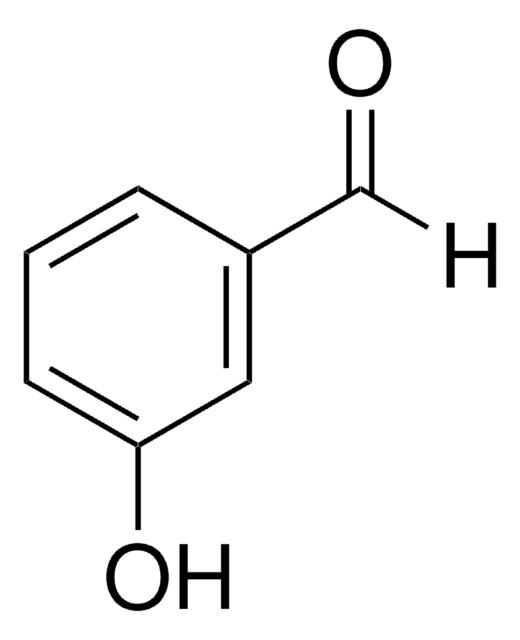166952
2-Hydroxybenzyl alcohol
99%
Sinónimos:
Salicyl alcohol, Saligenin
About This Item
Productos recomendados
assay
99%
form
solid
mp
83-85 °C (lit.)
solubility
ethanol: soluble 5%, clear to very slightly hazy, colorless to light yellow
SMILES string
OCc1ccccc1O
InChI
1S/C7H8O2/c8-5-6-3-1-2-4-7(6)9/h1-4,8-9H,5H2
InChI key
CQRYARSYNCAZFO-UHFFFAOYSA-N
¿Está buscando productos similares? Visita Guía de comparación de productos
Categorías relacionadas
General description
2-Hydroxybenzyl alcohol can be used as a coupling reagent to synthesize O-heterocycles.
Application
Storage Class
11 - Combustible Solids
wgk_germany
WGK 3
flash_point_f
Not applicable
flash_point_c
Not applicable
ppe
dust mask type N95 (US), Eyeshields, Gloves
Certificados de análisis (COA)
Busque Certificados de análisis (COA) introduciendo el número de lote del producto. Los números de lote se encuentran en la etiqueta del producto después de las palabras «Lot» o «Batch»
¿Ya tiene este producto?
Encuentre la documentación para los productos que ha comprado recientemente en la Biblioteca de documentos.
Los clientes también vieron
Nuestro equipo de científicos tiene experiencia en todas las áreas de investigación: Ciencias de la vida, Ciencia de los materiales, Síntesis química, Cromatografía, Analítica y muchas otras.
Póngase en contacto con el Servicio técnico











